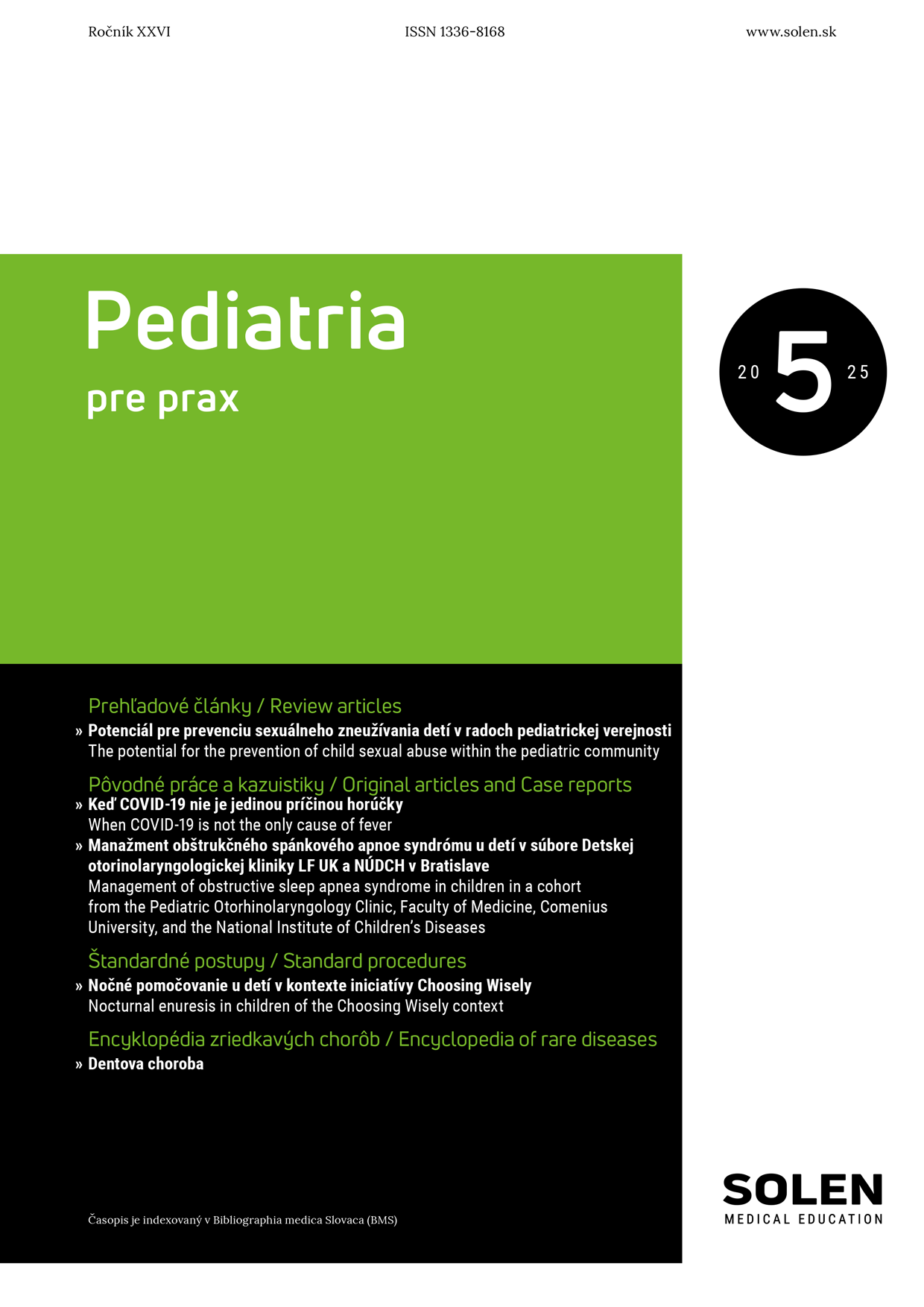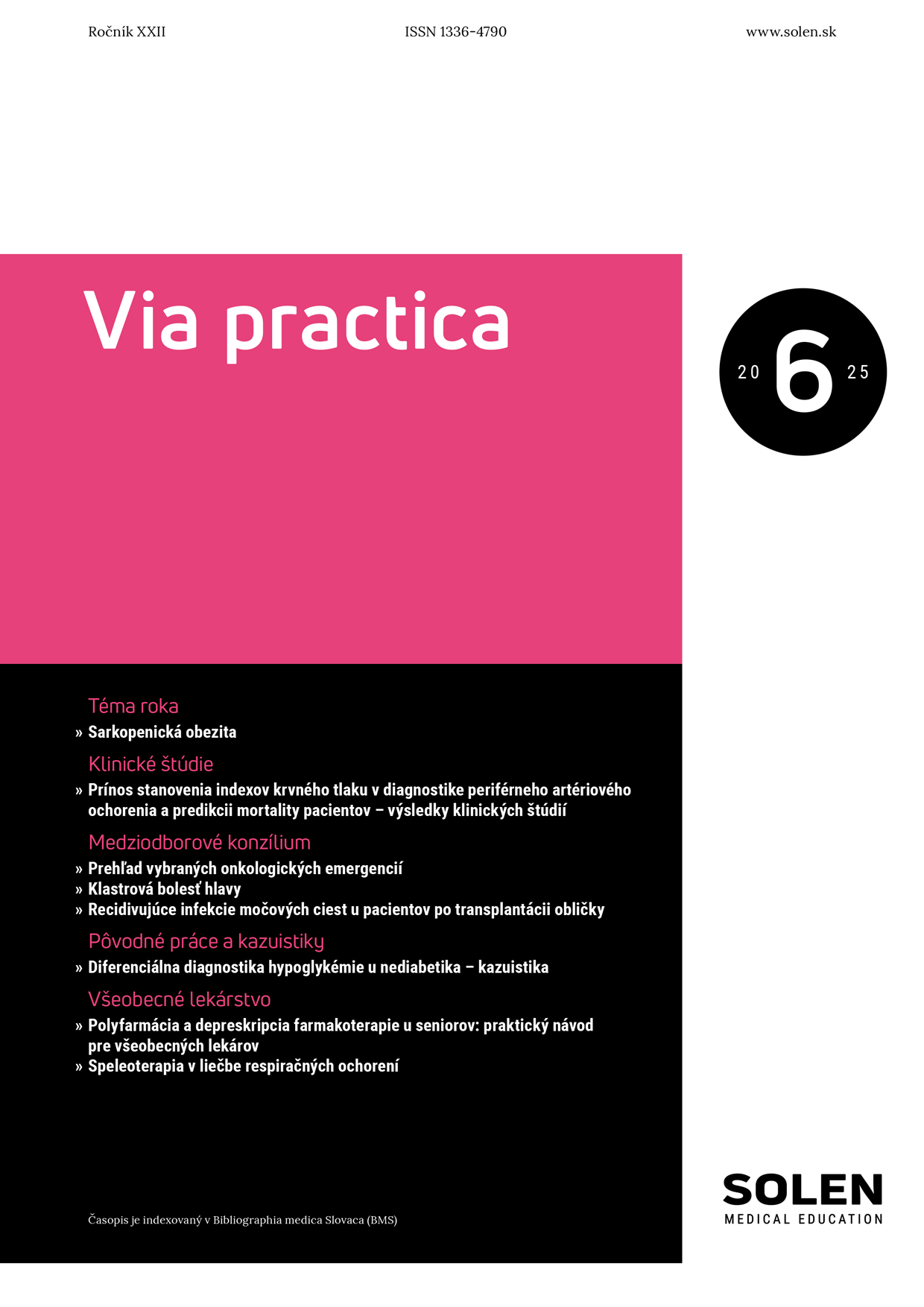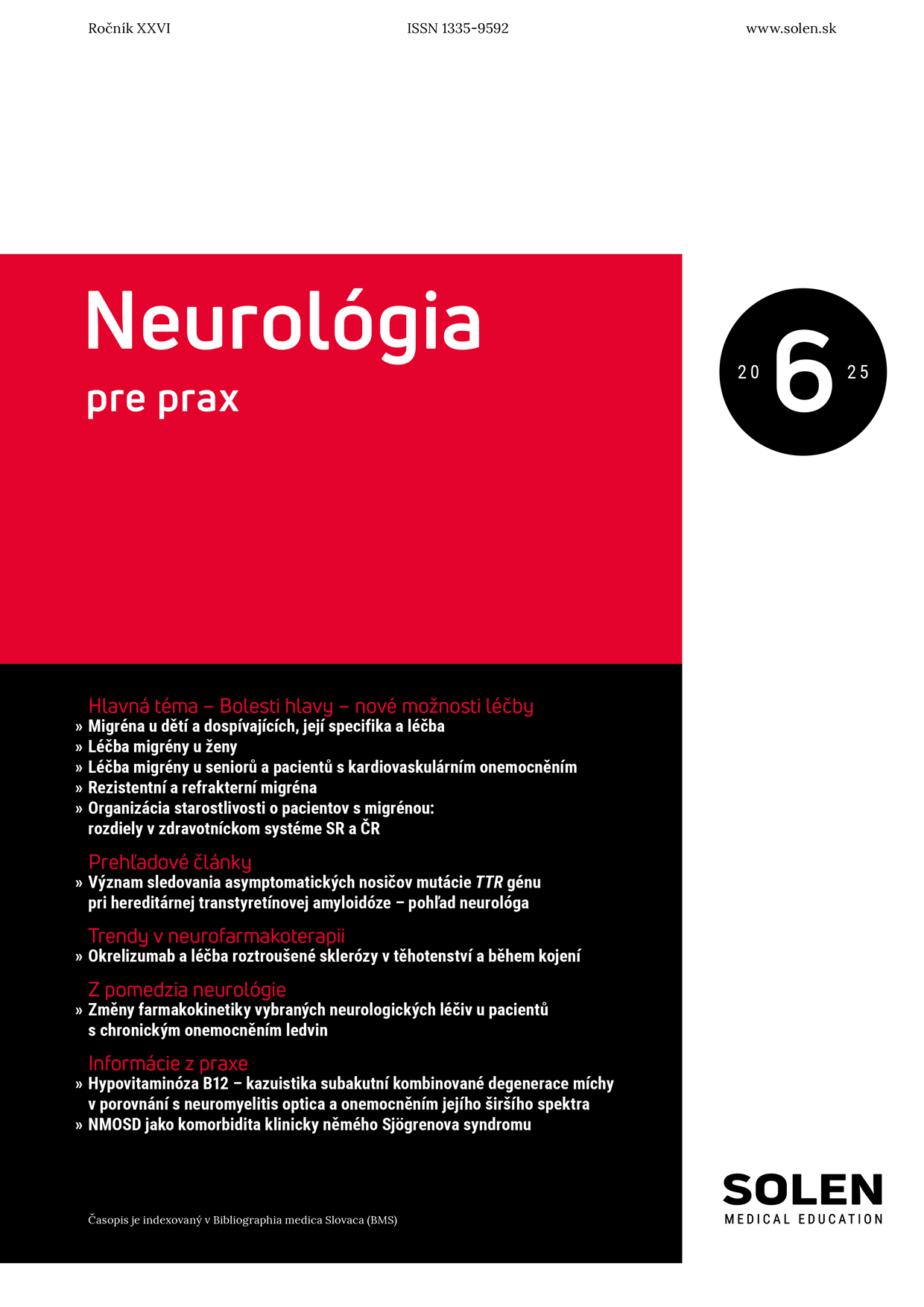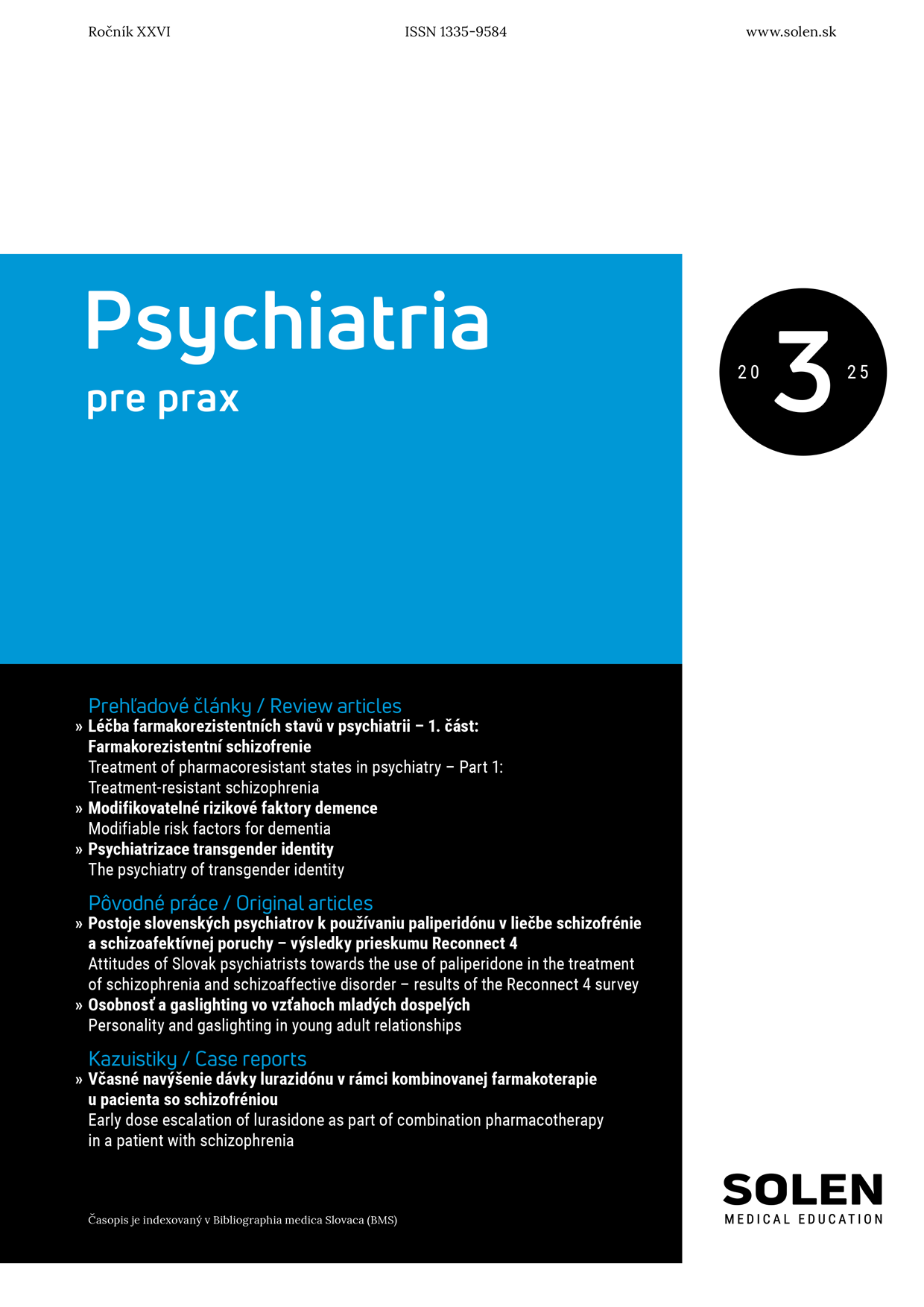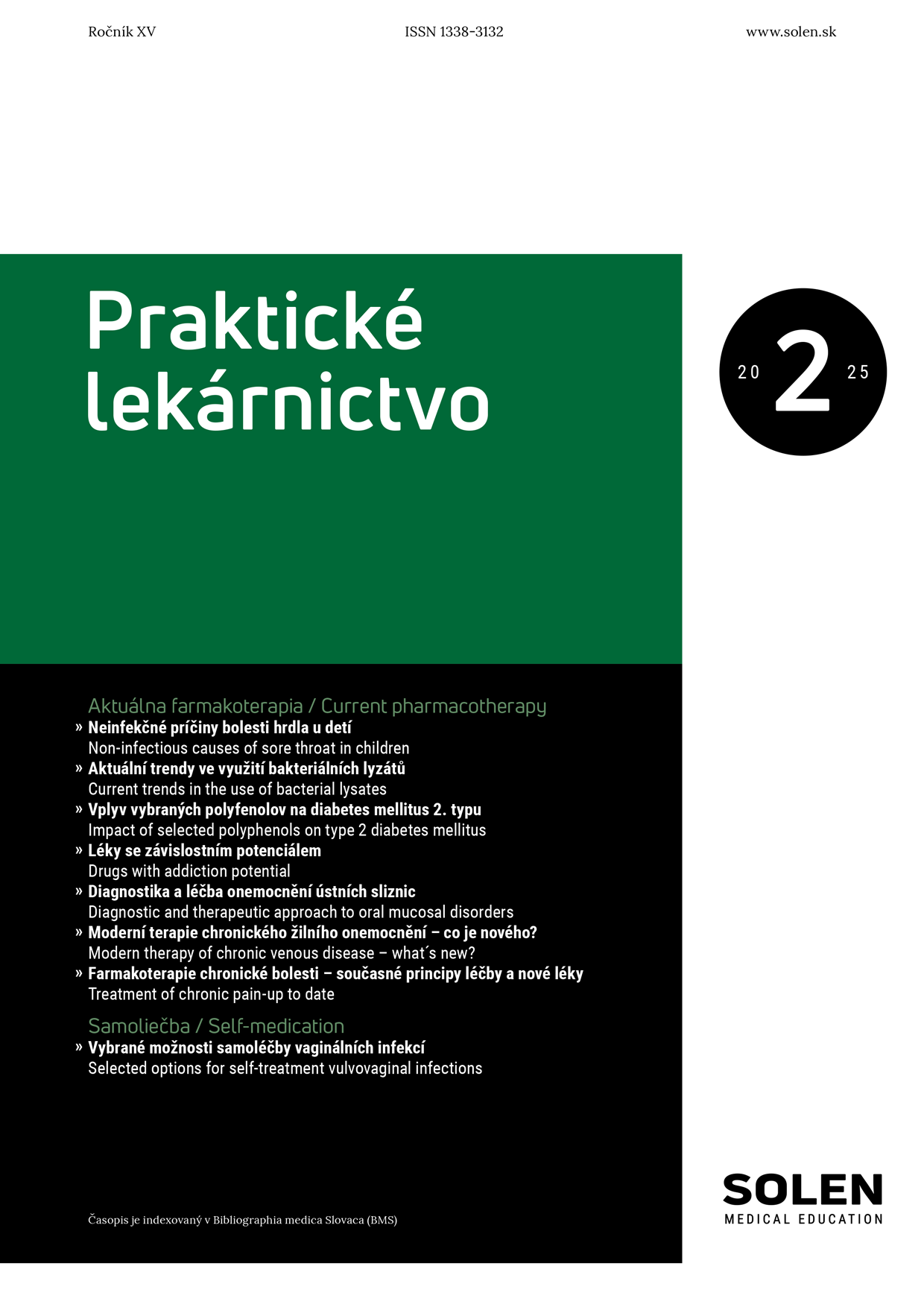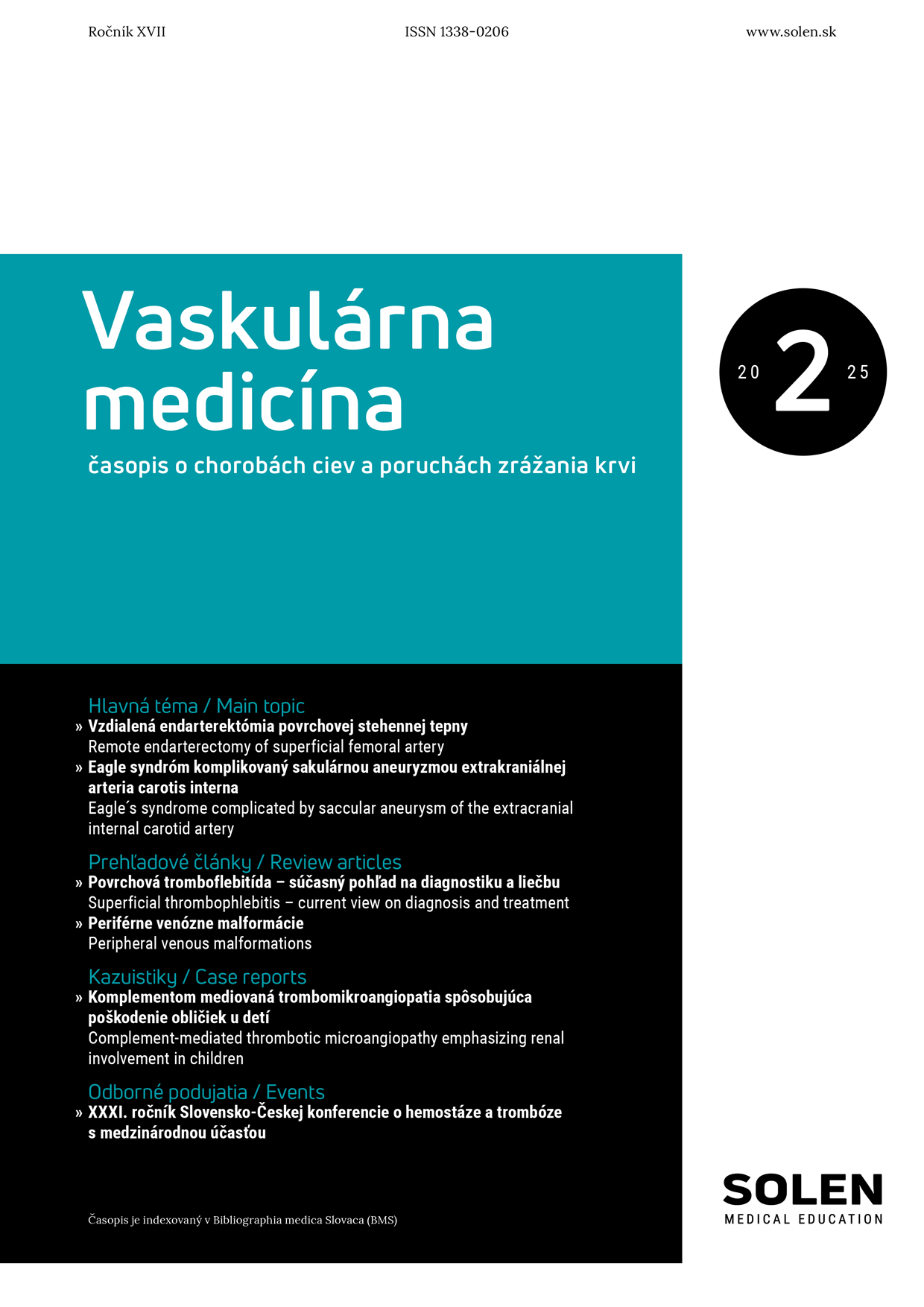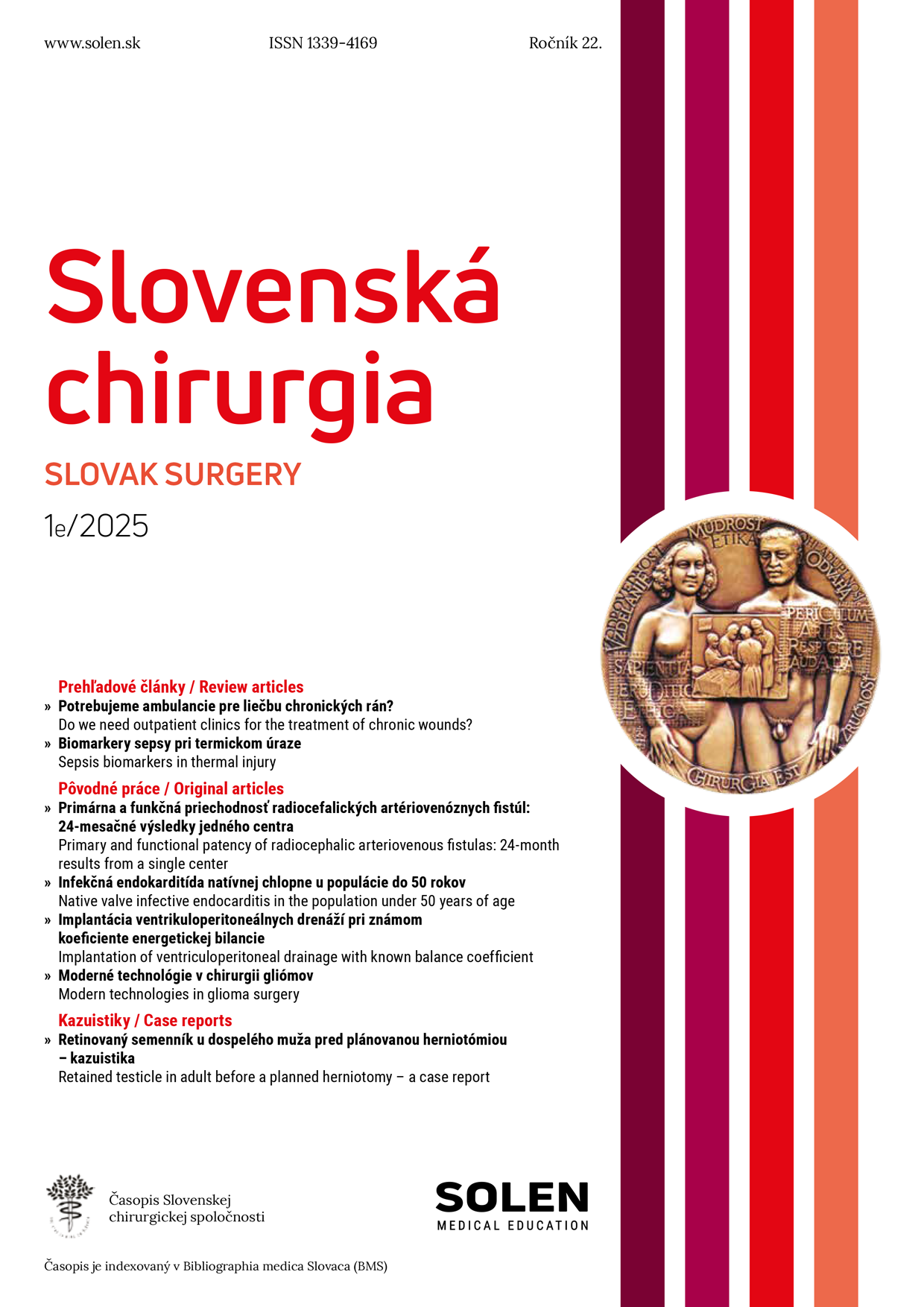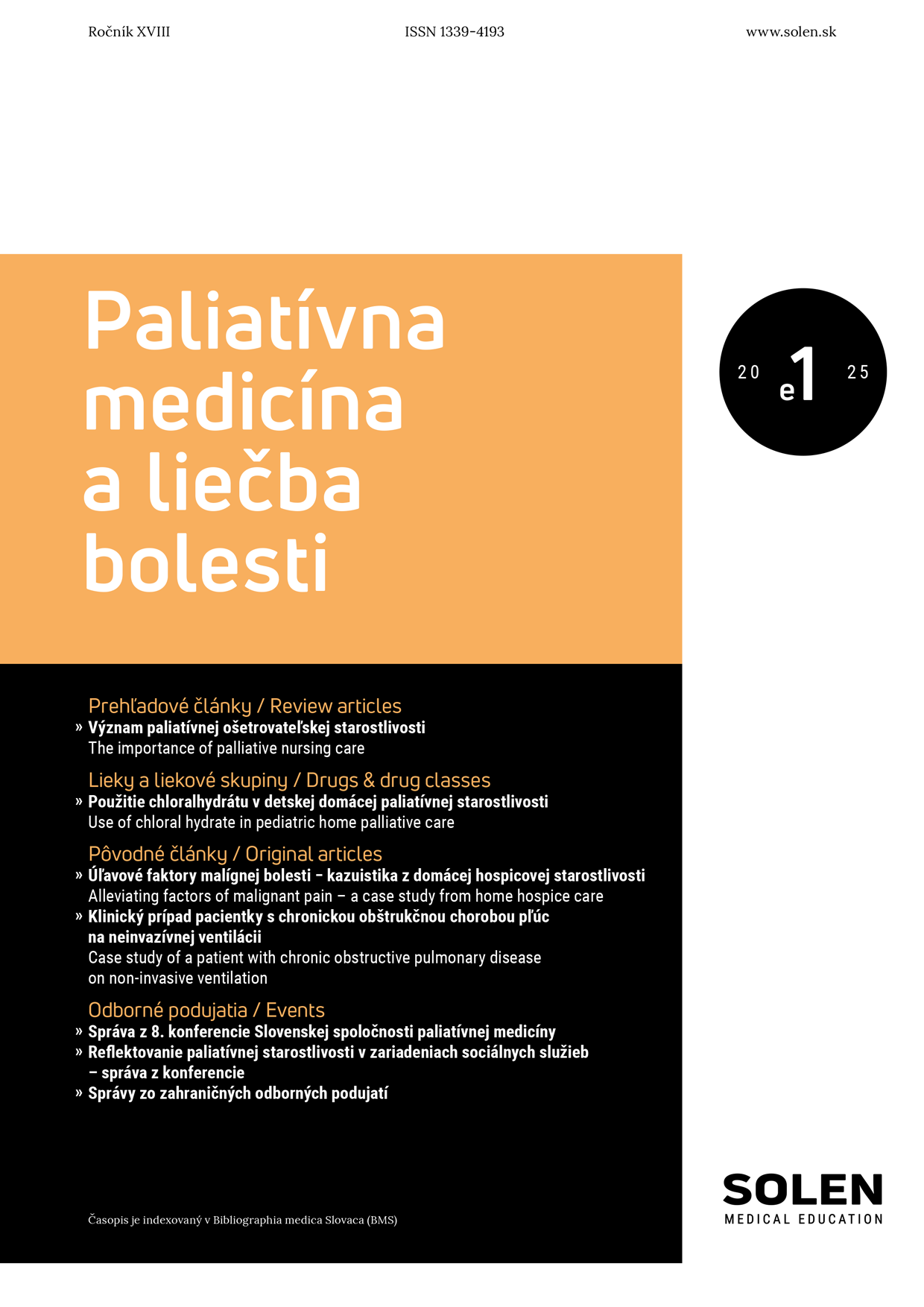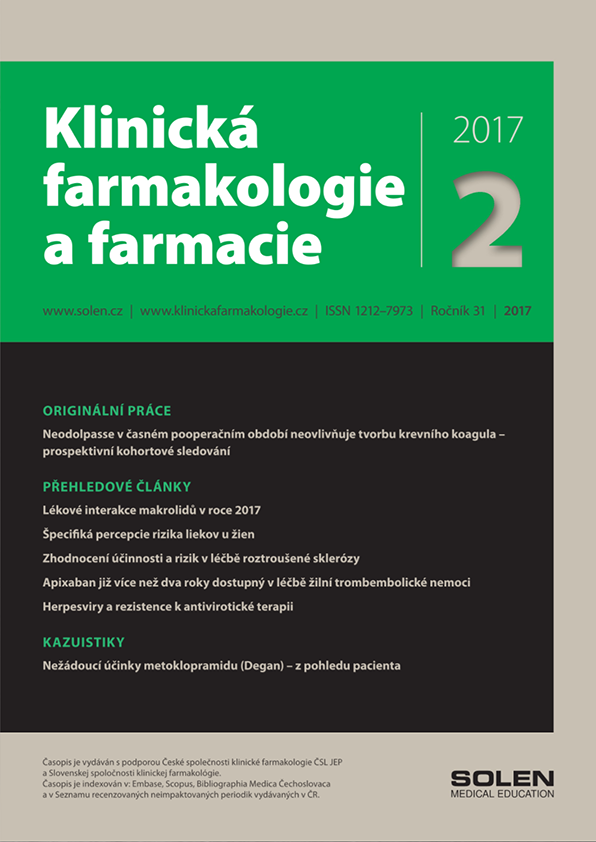Slovenská chirurgia 1e/2025
Implantation of ventriculoperitoneal drainage with known balance coefficient
Introduction: Acute hydrocephalus following subarachnoid hemorrhage is a common complication requiring the placement of a ventriculoperitoneal shunt. Monitoring of the cerebrospinal fluid biochemistry parameters, such as the energy balance coefficient (KEB), can be important for expediting the placement of a permanent ventriculoperitoneal shunt. Patients and Methods: We retrospectively studied 20 patients with external ventricular drainage (EVD) after subarachnoid hemorrhage (SAH), dividing them into two groups based on cerebrospinal fluid culture monitoring and KEB values. Cerebrospinal fluid biochemical analysis and infection monitoring were the main focus of our study, and we created a predictive model using logistic regression.
Results: Patients with confirmed infections monitored through cultures had a longer duration of EVD and delayed placement of a permanent shunt. Conversely, patients monitored using KEB and a single sterile culture had significantly shorter EVD duration and faster placement of a permanent shunt.
Conclusion: Monitoring cerebrospinal fluid biochemistry parameters, especially KEB, can be useful in expediting the placement of a permanent shunt in patients with EVD after SAH and avoiding many further complications and prolonged hospitalization.
Keywords: external ventricular drainage, energy balance coefficient, meningitis, cerebrospinal fluid


